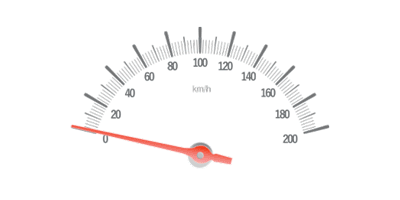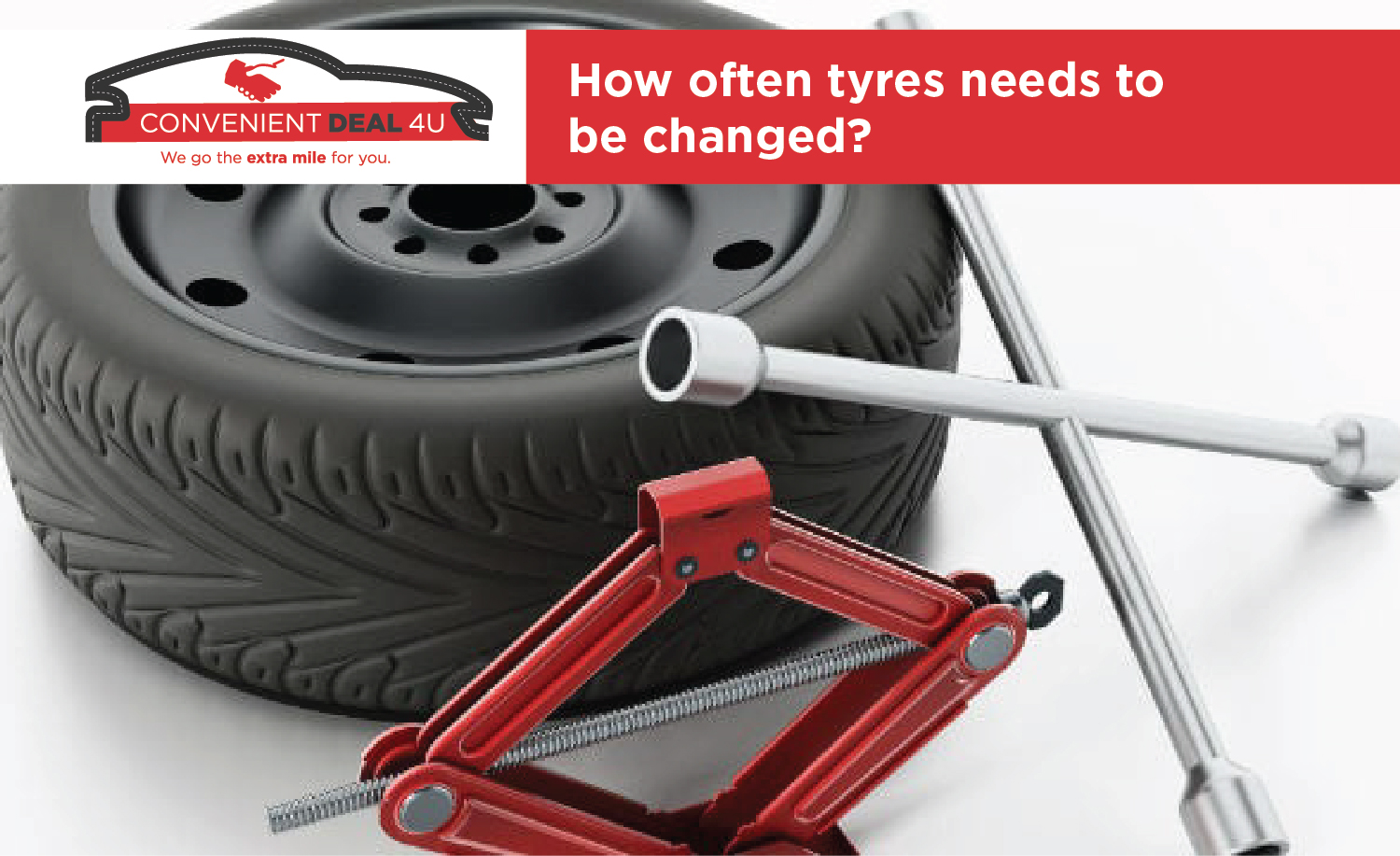How often do tyres need to be changed
That euphoria-inducing, screeching sound of a smoking tyre spinning away on the surface of the road probably sounds 10 times sweeter to tyre manufacturers and dealers than it does to the ears of the awestruck crowds gathering to watch their favourite local car-spinning heroes in action. We all know that tyres don’t come cheap, particularly high-quality ones and so more frequent changes means more money for the manufacturers and dealers alike.
This brings into focus the question of how often tyres do indeed need to be changed, a question to which the answer is different for the spinners who consume tyres like the very food we eat, with the iconic BMW 325is long since established as the garnish of choice for that rubberised favourite dish, enjoyed from as far as the unofficial-official spinning sites of Mamelodi and Soweto to some obscure grounds in Kuruman, and everywhere in between.
It’s safe to say that that makes for a major exception to the rules, otherwise there are some basic guidelines around how often car tyres need to be changed.
As a basic rule of thumb, your tyres should be changed as often as they need to be changed, which primarily means when the recommended tread-depth levels have been exceeded by the tyres’ wear, or when there is damage and wear that warrant a change. So in addition to worn tread, it’s time for a tyre replacement at any time that there is:
- Significant sidewall damage
- A hole in the tread with a diameter of 6mm or greater
- Damaged or deformed bead
Technically speaking the endearing car spinners who are so widely admired demonstrate driving habits that account for the kind of “improper use” which could lead to tyres getting worn faster, but otherwise, the average lifespan of a good-quality tyre that’s maintained well is between five to ten years. If you’ve found more than one Convenient Deal 4 U and you’re proud to have multiple cars at your disposal, one or more of these vehicles might get used less frequently, accounting for tyres that last longer than ten years without showing visible signs of the kind of wear and tear that suggests that they need replacing. They should be replaced either way.
The ten-year maximum is counted from the DOT (date of manufacture), otherwise, after the first five years of use, tyres need to be professionally inspected more thoroughly for visible signs of the need to be replaced.


There are no comments for this article